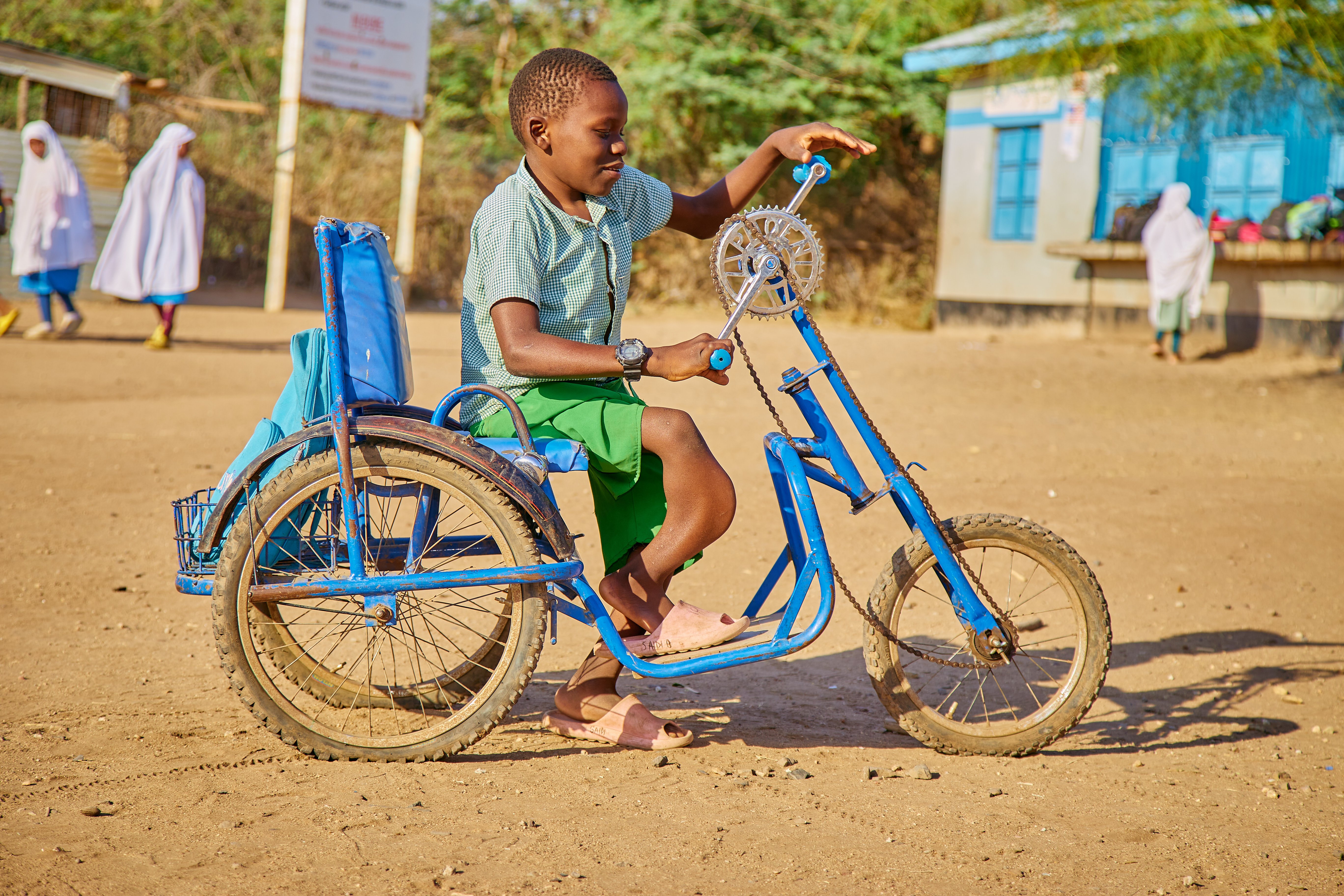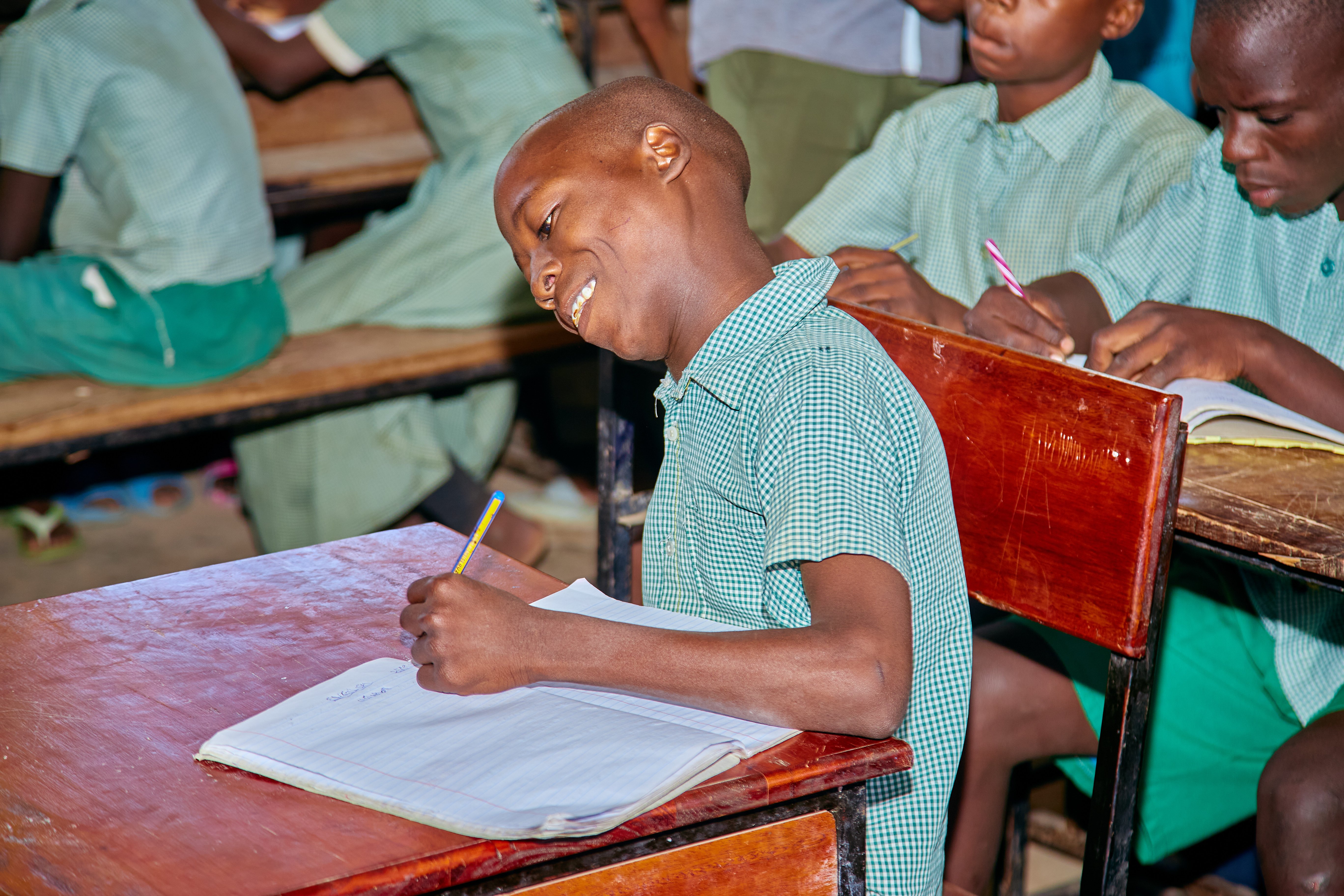Promoting access to quality inclusive education in adapted learning environments in the Dadaab, Kakuma refugee camps and the Kalobeyei reception center
Kenya is home to over 744,747 refugees and asylum seekers from more than 20 countries, including 364,432 in Dadaab refugee camp and 279,452 in Kakuma refugee camp and Kalobeyei reception center (UNHCR, 2024). These camps are home to a very young population, with over half of residents being children and young people under the age of 18, highlighting the importance of ensuring access to education.
Nationally, over 90% of children with disabilities are either not enrolled in school or receive little or no support to meet their special education needs. In the Dadaab and Kakuma camps, these difficulties are exacerbated by numerous obstacles. Stigmatization remains a central issue, as children living with disabilities are often marginalized. Fear of rejection leads some parents to hide their children or fail to report their special needs, exacerbating their isolation and preventing them from benefiting from adapted services.
Access to infrastructure is also a major challenge. Schools in refugee camps are often poorly adapted to children with disabilities, and their physical accessibility is limited. In addition, appropriate schools are often located at great distances, making the journey difficult, costly and impractical for many families. This creates an additional barrier to inclusive education and child participation. Finally, the quality of teaching in the camps is another major difficulty. Many teachers lack the specific training and teaching materials needed to support children with disabilities.







